'Byju's app self-learns patterns as students spend more time on it'
Forbes India in conversation with Byju Raveendran, founder of Think & Learn Pvt. Ltd, on how Byju's — The Learning App — built continuity in an evolving mobile video market when connectivity was not reliable
 Image: Nilotpal Baruah for Forbes India
Image: Nilotpal Baruah for Forbes India
Until 2010, Byju Raveendran believed in a math concert or a physics performance—not the straitjacketed lesson formula—when he taught more than 1,000 students at once in auditoriums. The students loved him for his conceptual clarity. In 2011, he began a journey to digitise the learning content to reach wider audiences, as internet trends like mobility, video and cloud converged in the background. In this interview, 38-year-old Byju explains how he harnessed technology to execute Think and Learn's app strategy and build a company that has crossed the Rs 1,000-crore revenue mark in 2018-19.
Let's go back to how Byju's started. As CEO, what has the change in thinking been?
I started off in 2006-07 by teaching my friends. At the time, there were 35 students in one class, which went up to 1,200 students by the sixth class. Making it bigger and better was only part of the game. In three years, we expanded to nine different cities, first in auditoriums for CAT (common aptitude test) students and then to school segments. The largest session was for 24,000 students simultaneously at an indoor stadium.
We started using video from the early days. Although the medium is very popular today, we knew early on that learning videos are a much more powerful tool to explain concepts. So we used videos for a purpose: to enable teachers to start teaching better, rather than relying on only text-based learning. Video-based learning is more effective because, as humans, we tend to remember stories from the movies we watch. Similarly, concepts are easier to understand better and faster on video.
In 2011, we started going from an offline auditorium-based format to video that helped us scale from nine to more than 45 centres. Eight of my students joined me in creating content for school students. We realised even some of the best school students were memorising, replicating and forgetting. It was learning driven by the fear of exams—not necessarily because of the love for learning.
We spend four years from 2011 to 2015 to create high-quality, comprehensive content, covering multiple grades and subjects.
How did you create an effective video strategy to cater to students?
It’s a challenge to create content which will have students to actually use it. There’s a stark difference between creating content for entertainment platforms and for educational purposes. In the former, the only important metric is getting maximum engagement. But for a learning or education company, the challenge is to get the right balance between effectiveness and engagement. To overcome this challenge, our biggest advantage was we had access to thousands of students. So, we were able to get direct feedback for the multiple variations we used.
Can you give an example to portray this?
We showed the stadium sessions of the same conference in multiple formats. One, just by using teachers or just by using animation. We figured out how the balance varies from subject to subject. Most of the formats you see today feature teachers combined with the power of animation. This is a lot better for conceptual learning than what any teacher can ever do in a classroom.
Teachers will always remain important but ideally, today, with information available anywhere, how do you make sure that students are excited by what they see on the screen? That's why it took us four years. The first year was about finding the right format, iterating and so on. After that, it was about scaling up.
How did your team build the learning app experience?
Our insight was: when a teacher looks at a camera and teaches in a video format, we can solve the problem of access. But we needed to find solutions to enhance the learning experience for a student. What most companies had not explored before was: finding a teacher who is also a good presenter, combined with the collective effort of people who are equally passionate about the subject. Like writers who can simplify math or science. Or, subject matter experts who are also graphic artists or good editors. And then you create a movie-like format.
What we have created now are movie-like videos and game-like interactions. It is a format that students like, offered on devices they are friendly with. That has helped us get good student engagement from the early days. Our core strength has been making the learning experience effective.
Of the first 300 people who joined our company, most of them were from my student base. They were naturally passionate about their respective subjects. That helped us attract them for all the right reasons. It was easier to create a mission-driven company with people who were completely convinced about what we do: creating content which is making it easy for students to learn at home—not just to understand concepts, but also retain that information for a much longer period of time.
Will it help them score well in exams? Of course. Otherwise, we wouldn't have seen the renewal rates that we are seeing: 85% of our paid user base renew with each academic year. That is a clear indication of its effectiveness, otherwise parents won't spend again. The more important number is that students are spending more than an hour on the app on a daily basis.
In the past year, we have seen how big mobile video is in India. What role has technology played in proliferating the reach of Byju's learning content and personalising it?
For us, media and technology are used as enablers. At the end of the day, it is about how we create math and science movies or science-based games to improve the learning experience.
For us, personalising content based on students’ proficiency is an important parameter. For example, an eight-standard student, struggling with physics, may need content that is designed for a sixth-standard student. Such a student will spend more time on the app – and in the backend, the app will be memorising the student’s learning fingerprint, and will personalise content for him/ her in the future.
The backbone of BYJU’S personalisation engine is its rich learning profile. It is powered by deep Knowledge Graphs of over one lakh concepts and relationships that have been created to design personal learning journeys -- videos, questions, adaptive flows, quizzes, flashcards, correctional learning video, and so on. Additionally, the learning content is also tagged to multiple other properties and parameters. For example, when a student starts their learning journey, a rich learning profile is built for each student to personalise the experience. This enables us to customise and personalise the learning experience based on their strengths and weaknesses, and their specific learning gaps, pace and needs.
This content is tagged at the sub-micro concept level which helps the algorithms create a smooth learning curve for the student so that they feel challenged, yet motivated. If they make a mistake, we identify the right remedial method to strengthen the student’s learning experience. This is similar to how a personal tutor would try and tackle their students’ learning gaps and is even more effective since it is based on deep insights and is personalised.
Do deep learning and data insights also play a part in the content creation process?
Definitely. This is where data analytics comes in. A simple example: If a large percentage of students are making mistakes in a particular concept, we go back and add simpler videos, more content formats, and easier questions to allow the system to create a smoother learning curve. The students end up learning the difficult aspects of the concept but they learn it gradually without getting demotivated.
We also look at the specific learning content tagged to those concepts and constantly update the parameters so that future learning paths for new students is smoother. When we see common patterns emerge across a section of students, we are able to provide those insights and the content team refines or adds new content to deal with those scenarios. The effectiveness of all content modules and modes are constantly being analysed for improvement.
Our in-house analytics systems capture millions of data points every day. The insights help from improving our features to building highly contextual recommendations. The variety of student profiles also gives us an idea on what to improve or add to the overall content.
We use data collected from the app as the primary data, with logged-in web usage to compliment it, to make the user experience better. The interactions with the websites, emails, etc, are tracked in a separate system that is used for marketing and behavior analysis.
What does the future look like, from a technology perspective?
We can personalise the pace and style of learning by monitoring what a student learns, when and how he or she learns, how much, and how fast. This is just the beginning. You will see us continuously innovating and investing on how we personalise the content on our platform. There is huge scope for improvement. These are just early days.
People talk about us being the largest ed-tech company in India and probably the largest school-based learning platform anywhere in the world. These are relative successes. There is a long way to go before we call it a revolution.
Has Byju's carried out a multilingual approach in the domestic market?
India will always remain our primary market. Education is so deep-rooted in our culture. The good thing about this segment is that when we do well, it is the equivalent of doing good. Every student signing up on our platform, and learning to learn, is becoming an active self-learner. It will make them lifelong learners, and that is the requirement of the future. 21st century literates are the ones who can learn, unlearn and relearn. We want to create this next generation of learners.
To go deeper, we have to ensure our content is available in multiple languages, to tap the large vernacular language audience. So far, we have only created content in Hindi, and are looking to launch in other regional languages in the next 12-24 months.
How large is the Byju's user base in India, and abroad?
We have 33 million free users. What is more important are the 2.3 million paid users. Around 15% of these paid users are outside India, but mostly Indian students. But even in countries that have a better education system, we have seen similar adoption or conversion to the paid user base.
This is purely from the fact that it is what students want when they learn at home. While it is complementary to what is happening in schools, students like Byju's because this is what they consume when they play a game online or watch a movie. Our content has to match up to that quality to achieve engagement from today's kids. For us, if we don't get engagement, we can't make it effective.
This is the same product for India market, which is extended to students who live outside India. For us to create localised products for each market, we have to localise the features in terms of teachers and accent. Otherwise, it will be sub-optimal. The current product can easily be used by Indian students anywhere.
We are creating products for the 3-8 years age group, with large local partners. This will give us a head-start when we launch in more English-speaking markets.
Tell me about the innovations made by Byju's for the low bandwidth conditions and connectivity issues in India.
Innovations for India cannot be a cut-copy-paste model. Everything at Byju's has been based on first principles, around what the sales and marketing teams have gauged or how we are distributing the product.
When we launched our paid app, we created a hybrid model, so that heavy duty consumption of high-quality videos and interactive games can happen from the device through an SD card, while the analysis and personalisation happens with an online connection. But we had to ensure that even a low bandwidth connection will do the job.
That was specifically created for the ecosystem available in India at that point of time. It's fast changing today because the same app can be consumed completely online, say, if you are consuming it from Dubai. The quality of internet connections are improving really fast.
But that's just one of our innovations, which is (credit to) how the team—top management and investors—works and moves in one direction while changing the model to adapt to the external environment.
How has the experience been so far, of building a formidable edutech company?
There were big challenges when we were launching the product in 2015, because the digital infrastructure was still taking shape. Today, it is far superior.
A lot of factors were against us in 2015. Paid subscriptions, as a concept for mobile payments or cable TV subscriptions, or learning from the screen was unheard of. There wouldn't have been a market for a product like ours. There was no need to create awareness for better learning.
But even today when we enter new markets, our product's success will be a function of whether students are using it and whether it's useful for them. Even if their learning methods vary across markets, there is strong alignment between parents and their children when parents see the benefits for them. That's what parents will pay for.
And the kids are hungry to learn. That's what is helping us to accelerate our growth. Education is a core need that is as relevant in small towns as it is in metros. We moved away from offline four years ago to become a 100% online model means we have disrupted our own model. That's helped us accelerate faster.




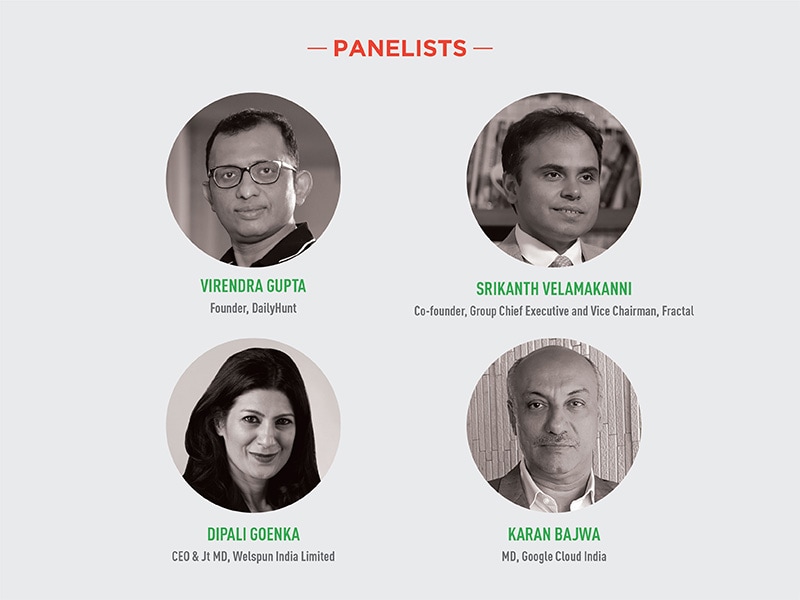
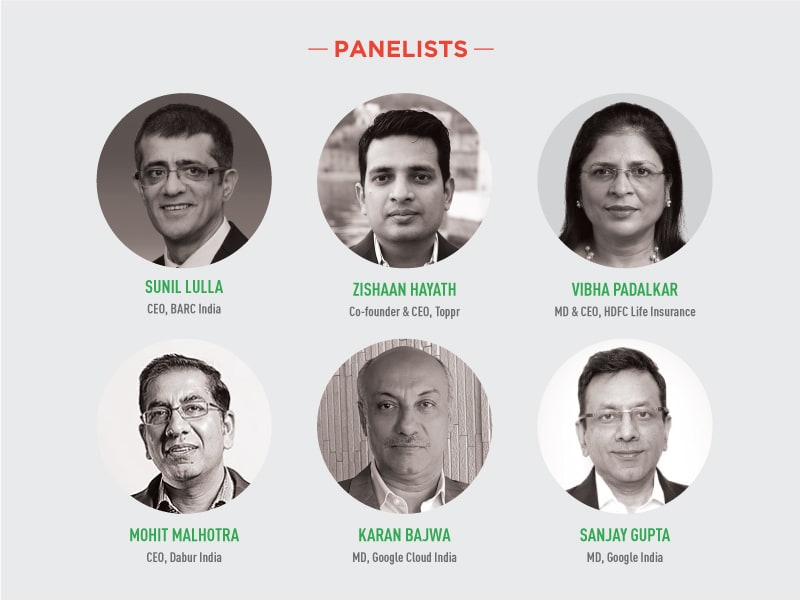
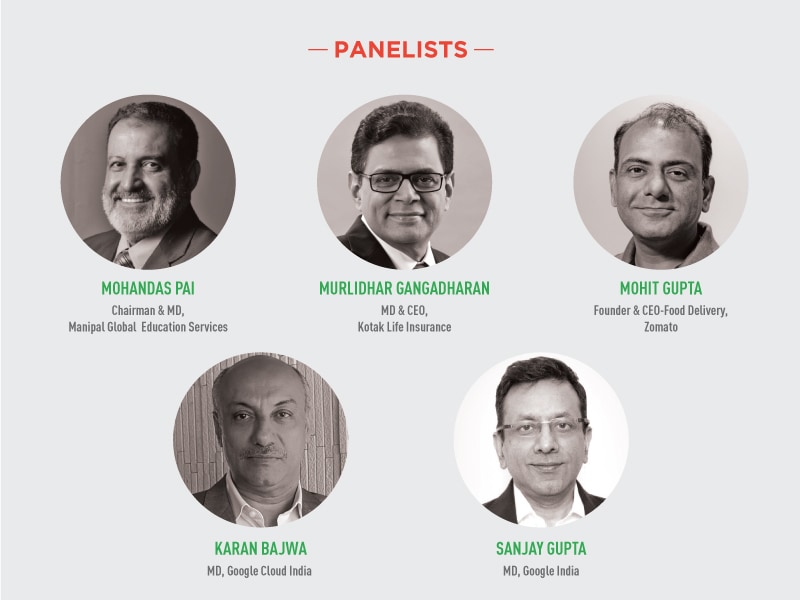
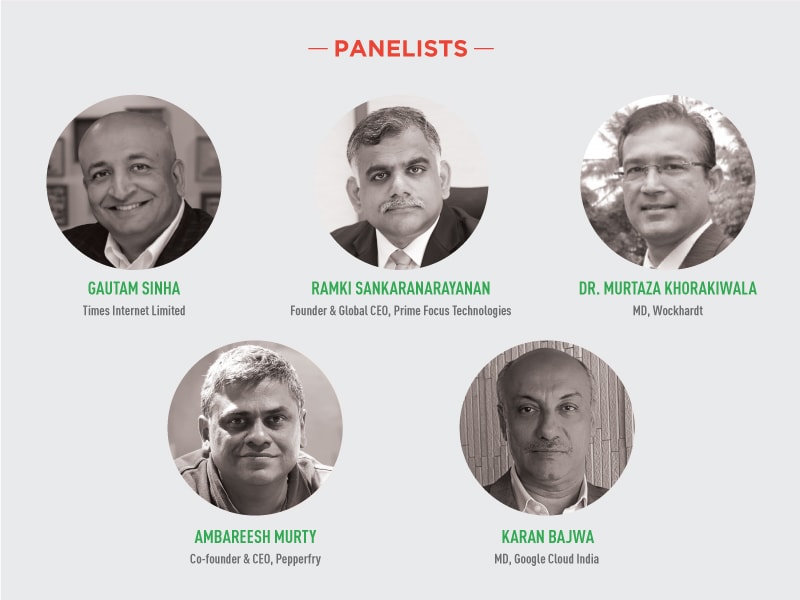
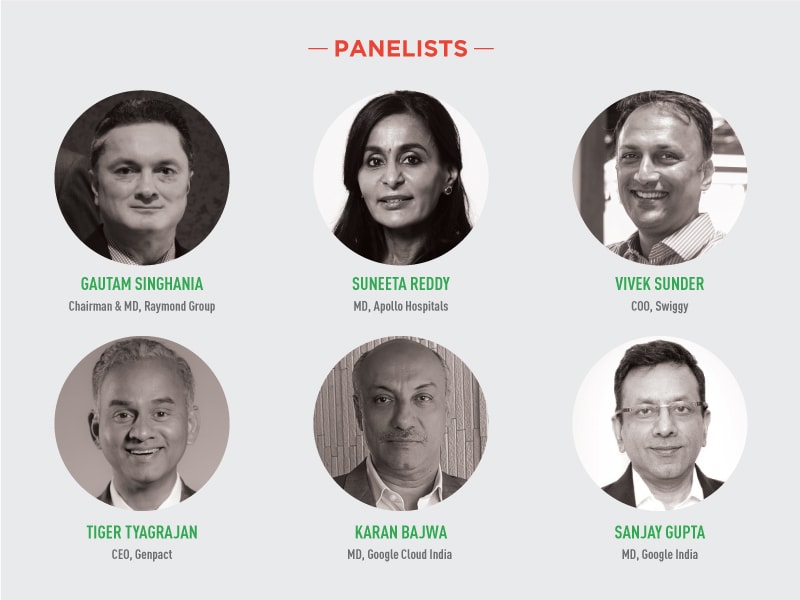

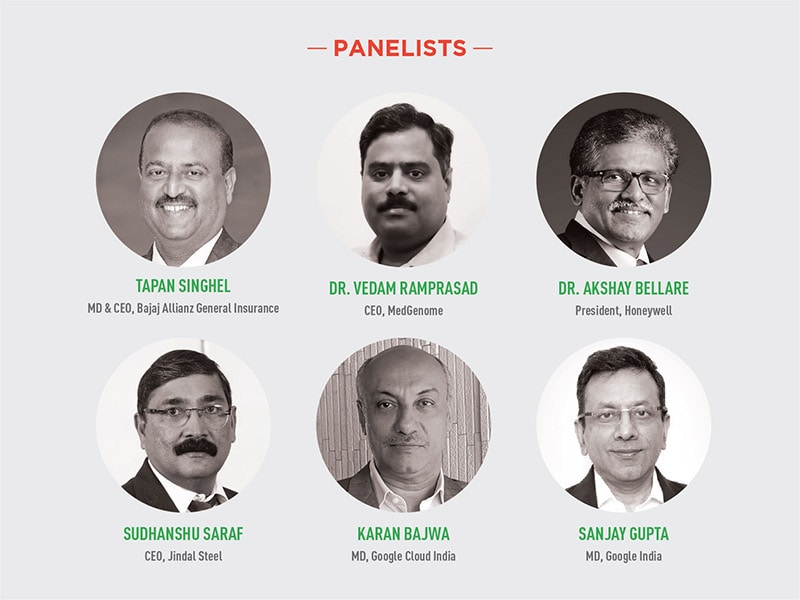
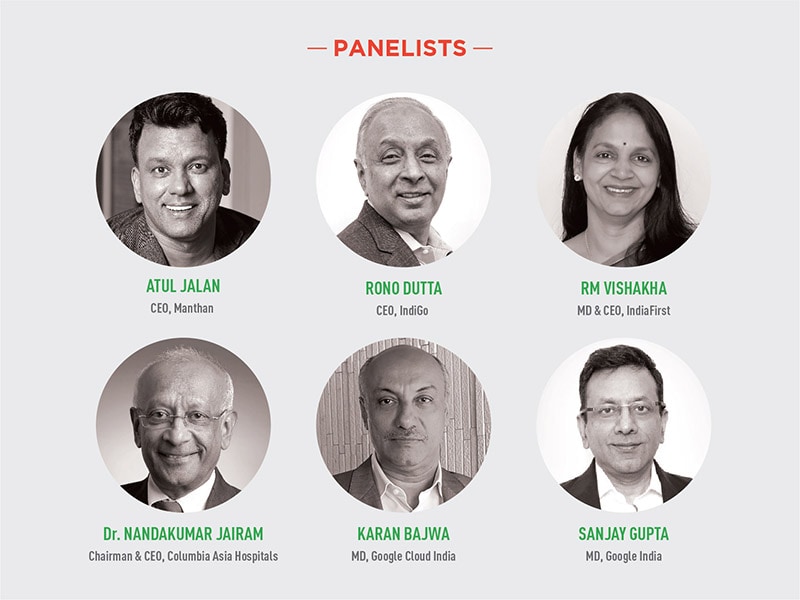
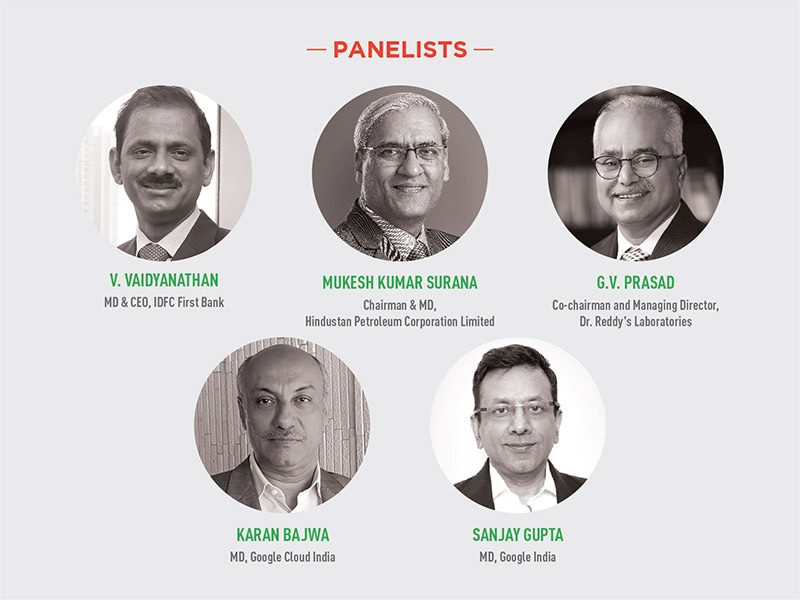
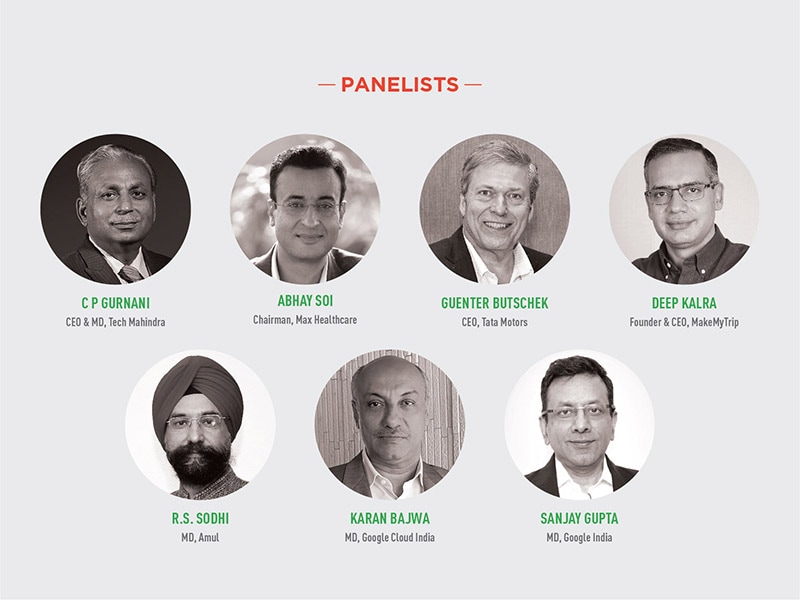
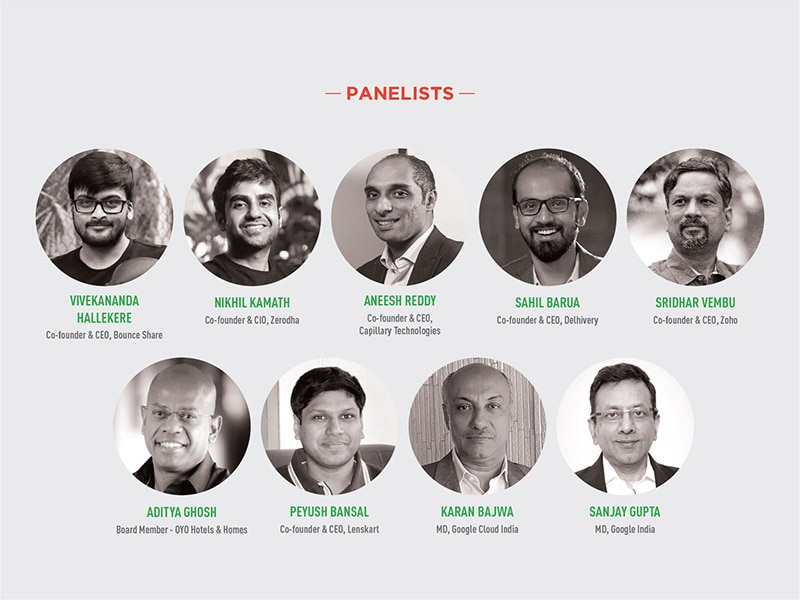
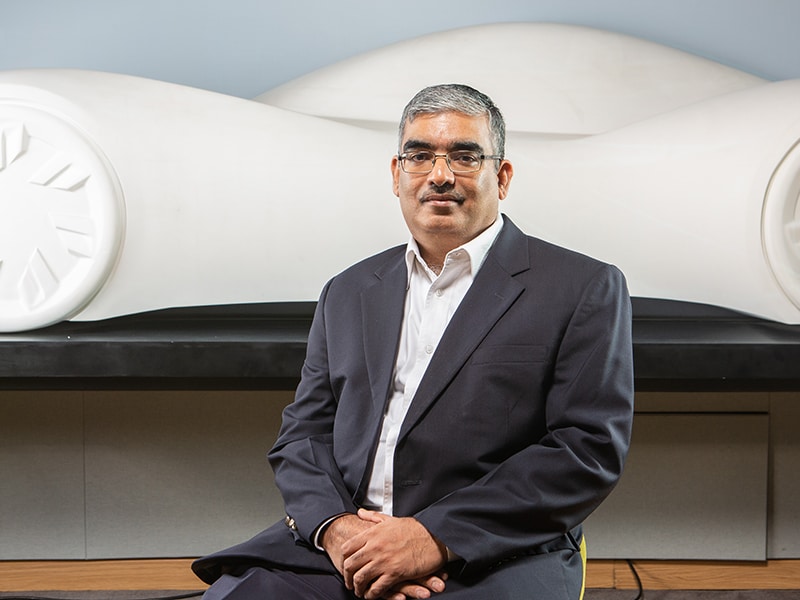
.jpg)











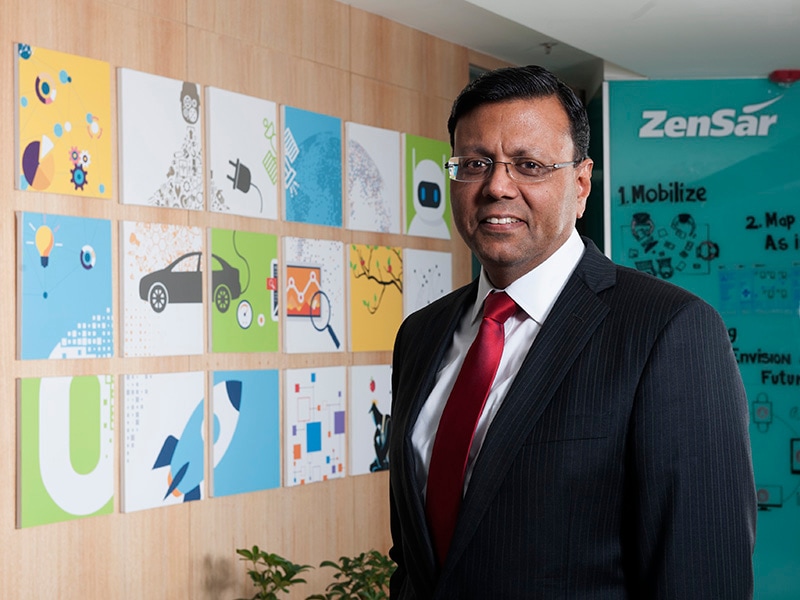
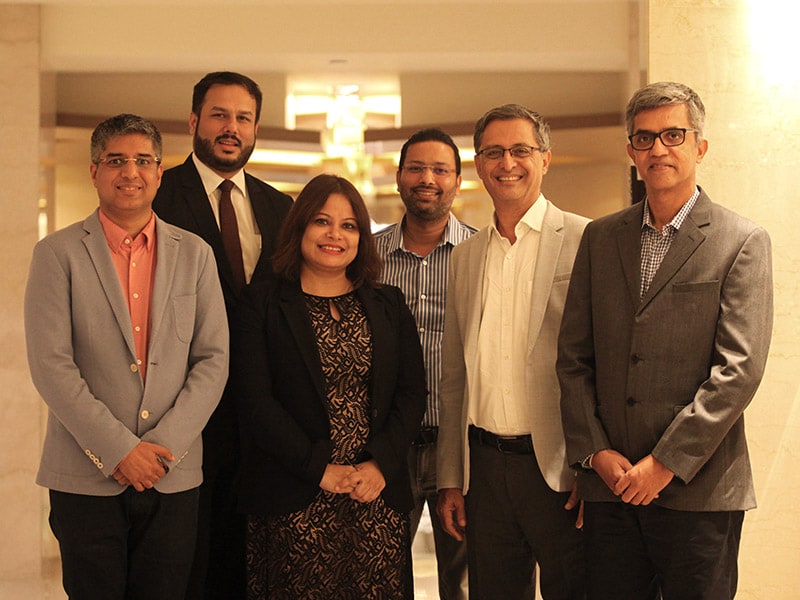
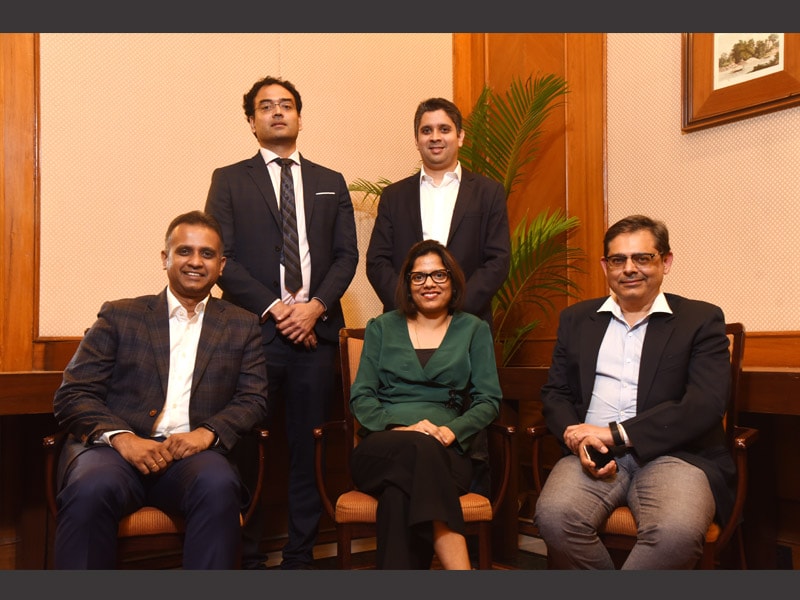



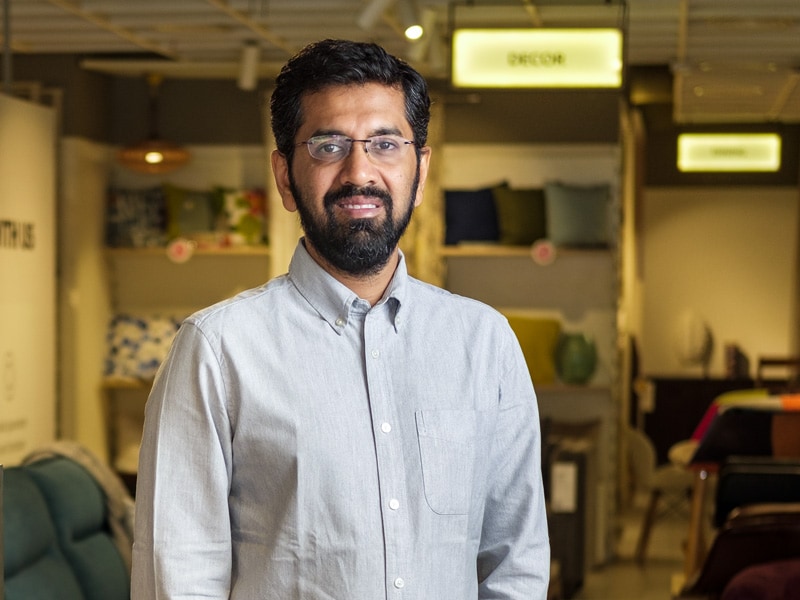
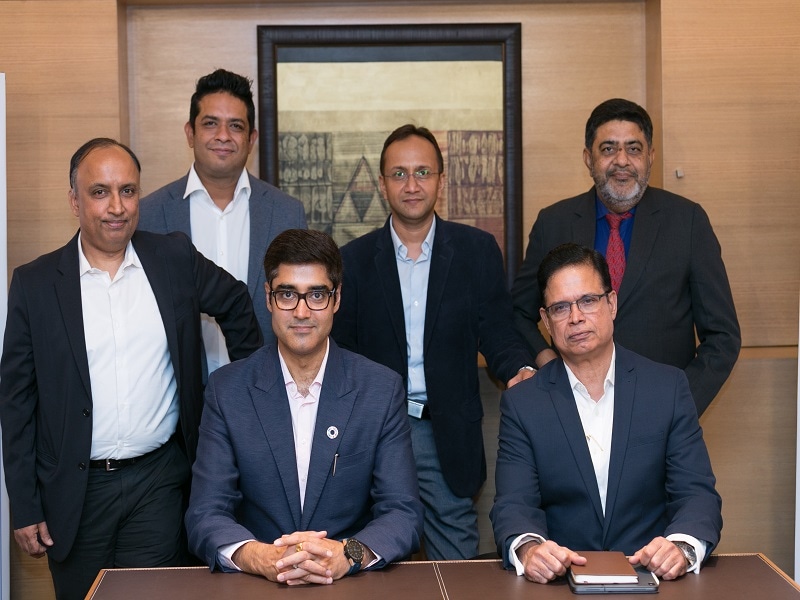


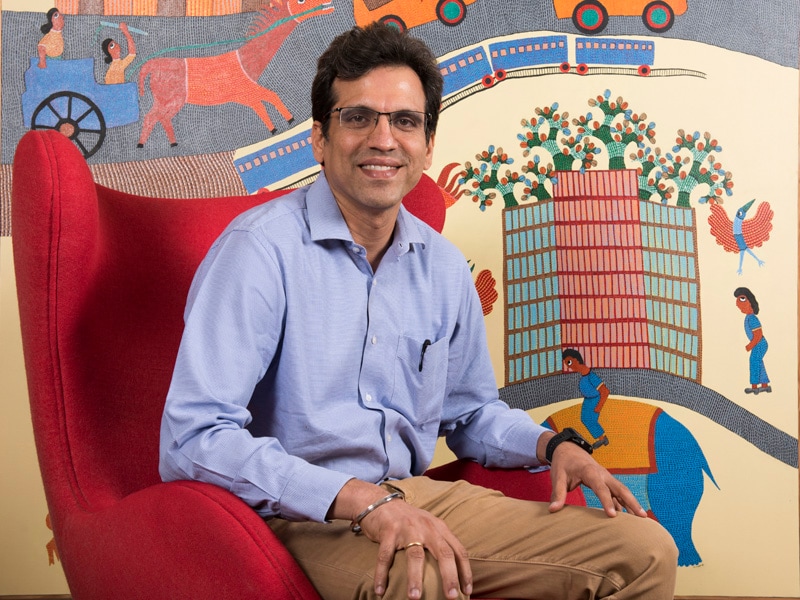
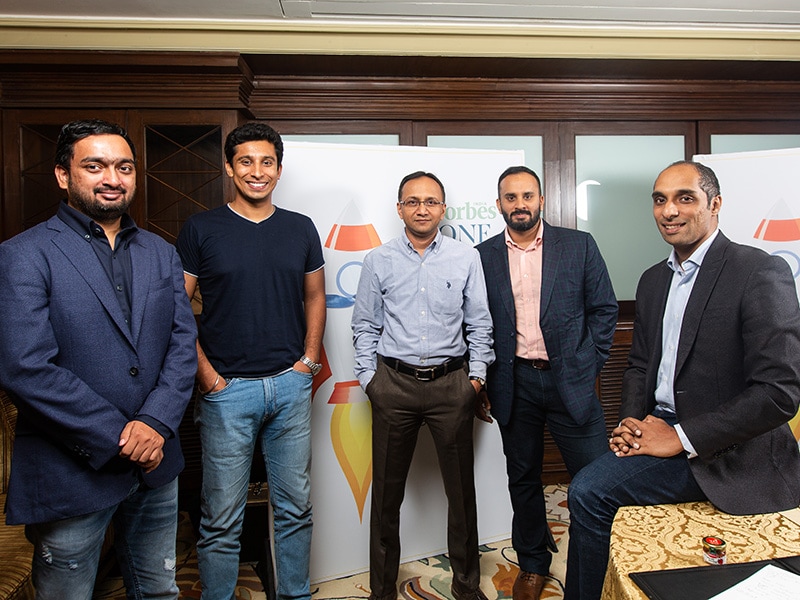

.jpg)




